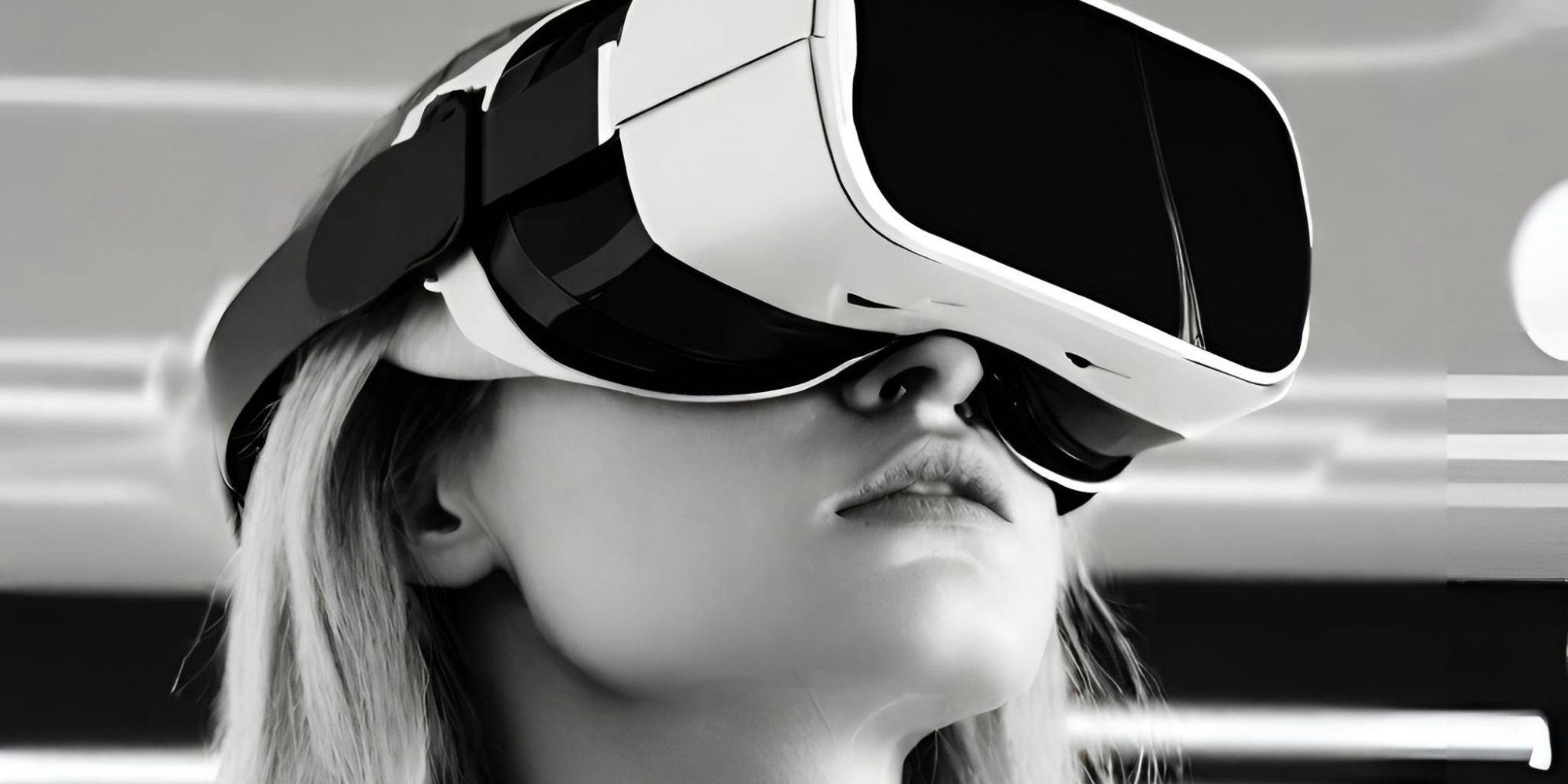Immersive Adventures in Virtual Reality (VR)



Immersive Adventures in Virtual Reality (VR)
Virtual Reality (VR) is a groundbreaking technology that has redefined the way we experience digital content. It transports us to entirely new worlds and unlocks a realm of possibilities previously unattainable. In this blog post, we embark on a journey to explore the immersive world of Virtual Reality, uncovering its core principles, applications, and the profound impact it has on various domains.
What is Virtual Reality (VR)?
Virtual Reality is a technology that uses computer-generated environments to simulate real-world experiences. VR typically involves a headset or glasses that provide users with a fully immersive, 360-degree visual and auditory experience.
Core Principles of Virtual Reality
Presence
Presence refers to the feeling of being fully immersed in a virtual world. It's achieved through a combination of realistic graphics, responsive interactions, and accurate spatial audio.
Interaction
Interactivity is a fundamental aspect of VR. Users can manipulate and interact with virtual objects or environments through controllers, hand tracking, and gestures.
Tracking
Accurate tracking is crucial for a seamless VR experience. It involves monitoring the user's head and body movements to update the visual and auditory feedback accordingly.
Applications of Virtual Reality
Gaming
Virtual Reality gaming offers an unparalleled level of immersion. Players can step into the game world and interact with it as if they were physically present.
Training and Simulation
VR is used for training in various fields, such as aviation, medicine, and military. It provides a safe and controlled environment for hands-on learning.
Healthcare
VR has therapeutic applications, including pain management, physical rehabilitation, and exposure therapy for anxiety and PTSD.
Architecture and Design
Architects and designers use VR to create and visualize virtual prototypes of buildings and products.
Entertainment
VR is transforming entertainment with 360-degree videos, virtual concerts, and interactive storytelling experiences.
Challenges and Future
VR faces challenges related to hardware costs, motion sickness, and content accessibility. However, the future is promising with advancements in technology, improved content creation, and increased accessibility.
Impact on Industries
Virtual Reality has made a significant impact on various industries. It enhances education, revolutionizes healthcare, and provides new avenues for entertainment. Its potential for remote collaboration and telepresence is reshaping the way we work and communicate.
In conclusion, Virtual Reality is not just a technology; it's a gateway to new dimensions of experiences and possibilities. As VR continues to evolve, it will play a pivotal role in shaping the future of entertainment, education, and communication.